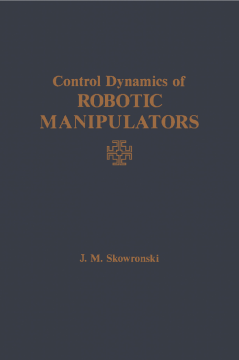
Additional Information
Book Details
Abstract
Control Dynamics of Robotic Manipulators deals with both theory and mechanics of control and systems dynamics used in robotic movements. The book discusses mechanical models of robot manipulators in relation to modular RP-unit manipulators, multiple mechanical system (Cartesian Model), or generalized coordinates (Lagrangian Model). The text also describes equations used to determine the force characteristics, energy, and power required in manipulators. For example, damping forces dissipate energy caused by dry friction or viscous damping at mechanical joints due to slips and sheer effects on surfaces. Other examples are oil, water, and air resistance in the environment of the manipulator, as well as damping in links caused by microscopic interface effects. Demands for high-speed and high-accuracy in manipulators require sturdiness in control against variations in the system parameter. The book cites a situation where the manipulator works in a "hot cell" and must be controlled remotely. The text also tackles the avoidance of obstacles by nonvisual means by referring to the works of Lozano, Perez and Wesley, and of Reibert and Horn. The text is useful for students of civil, structural, and mechanical engineering. It will also profit technicians of automatic, telecontrol, and designers of industrial machinery.
